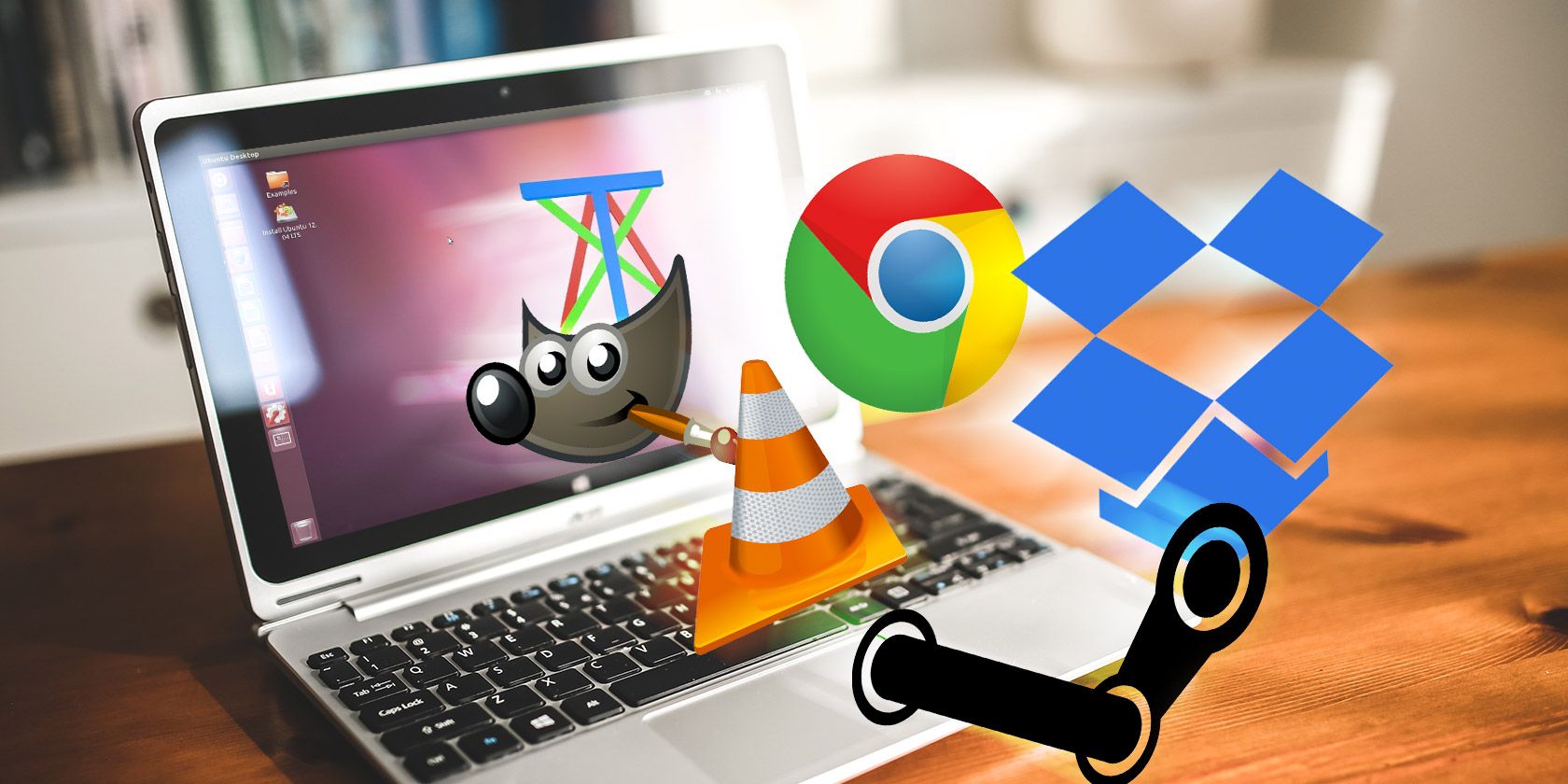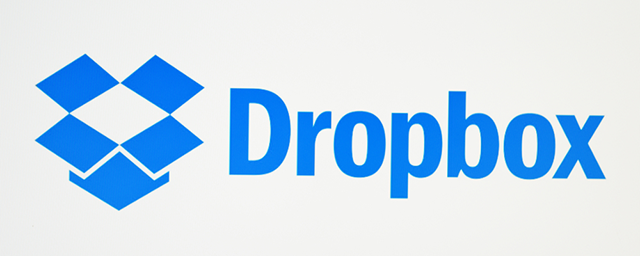
Is it your first time using Ubuntu? After you’ve learned the essential Linux tricks for newbies, you may be wondering what the best Ubuntu apps are. Which Ubuntu software should you install?
If you’re coming from Windows, there are plenty of free Ubuntu programs that can replicate your day-to-day needs. Here are the must-have Ubuntu apps you should install on a fresh Linux installation.
1. Tweak Tools
By default, Ubuntu doesn’t provide a ton of flexibility when it comes to customizing your desktop experience. You can do things like change your wallpaper, use different fonts for your system, and install different window themes, but not much more than that.
If you want nitty-gritty access to some of the more advanced settings hidden beneath the hood of your system, you’ll want to install a tweak tool. The right one to choose will depend on your Linux desktop environment.
For Unity desktops: You should install Unity Tweak Tool, which is available in the Software Center. This will let you change the behavior of windows and settings beyond what Unity normally allows:

For GNOME desktops: You should install GNOME Tweaks (formerly GNOME Tweak Tool), which can also be found in the Software Center. Advanced tweaks include custom keyboard shortcuts, altered window behaviors, and fine-grain theme controls:

For Compiz desktops: Compiz isn’t a desktop environment per se, but rather a window manager that allows for 3D effects and animations. If you decide to use Compiz for window management, you should install Compiz Config Settings Manager from the Software Center:

Compiz is far more advanced than the other tweak tools above, which means it might be overwhelming at first. Be careful not to change things unless you know what they are, otherwise you may break something.
Learn more about Ubuntu basics with this excellent Udemy course.
2. Synaptic Package Manager

Except for the tweak tools above, I’m convinced that there’s no tool more important for Ubuntu users than Synaptic Package Manager. Sure, the built-in Ubuntu Software Center is good enough to get the job done, but it has a few quirks and missing features.
On the other hand, Synaptic is objectively better. For starters, it isn’t as laggy when browsing through packages, and it’s way faster at returning search results. It can repair broken package dependencies, perform smart system upgrades, and has a friendlier interface.
Plus, it has a setting for automatically deleting packages after installation, which helps alleviate unnecessary disk space usage on Linux. Ubuntu Software Center doesn’t have this feature.
How to install: Synaptic Package Manager can be found in the Software Center.
3. Google Chrome

I don’t want to get into a war over the best web browser for Linux. There are reasons to stop using Google Chrome, but unfortunately you may not have a choice.
There are many things Google Chrome can do that no other browser can do, even ones that are based on Chromium. Certain sites may have workarounds for other browsers like Firefox and Opera, but they’re usually a headache to get working. You don’t have to use it as your primary browser, but it’s important to have Google Chrome on hand. Whether you like it or not, it’s one of the more important Ubuntu essentials.
How to install: Chrome isn’t available in the Software Center, but installation is easy. Just go to the Chrome homepage, click Download, make sure you select the relevant .DEB file, and double-click it after it’s downloaded to install. Once installed, it will auto-update when new versions are available.
4. Geary

There are several Linux desktop email clients to choose from, and the best one for you is the one you find most comfortable to use, but Geary gets my vote. It’s clean, fast, easy to use, and aesthetically pleasing.
The basic-but-functional interface makes it a good “lowest common denominator” email client. You’ll understand how to use it as soon as you open it. As such, it’s the one I most recommend for Linux newbies and casual users.
The only downside to Geary is that it lacks a lot of customization options. If you want to change the hotkeys, you can’t. If you want to disable “Mark as Read after X seconds”, you can’t. Little things that are completely subjective but might be frustrating all the same, so I don’t recommend Geary for power users.
How to install: Geary is available in GNOME Software, but you can also install it from the command line. To install, open the Terminal and type in the following command:
sudo apt install geary
5. VLC Media Player

There are several great media players on Linux. But while it’s nice to have such a wide variety of options, there’s one player that consistently outranks the competition: VLC Media Player.
The biggest selling point of VLC is its commitment to being open-source software. Obviously, there are other open-source media players out there, but when you consider just how feature-complete, polished, and useful it is, you’ll see that few others can compare to VLC.
There are so many hidden VLC features that you probably don’t know about. At the very least, you should install it as a backup video player because it always works. It really is one of the top Ubuntu apps.
How to install: VLC can be found in the Software Center.
6. Tixati

Here at MakeUseOf, we don’t condone software or media piracy. However, we do recognize that there are legitimate reasons to download torrents, and when you find yourself needing to download one of those legal torrents, it’s best if you do so with a proper client.
Fortunately, there are many awesome Linux torrent clients. You’ve probably heard of Transmission, Deluge, and qBittorrent, but I really want to stress that Tixati is the absolute best Linux torrent client available right now.
Reasons to prefer Tixati over other torrenting clients include: tiny resource comsumption, fast downloads, simple and straightforward interface, and dozens of features like priorities, bandwidth sizing, and real-time bandwidth graphs. It even has a portable version.
How to install: Tixati isn’t available in the Software Center, but installation is easy. Just go to the Tixati homepage, click Download, navigate to the Linux section, and make sure you select the relevant .DEB file. Double-click the downloaded file to install.
7. Visual Studio Code

If you’re on Ubuntu and you’re going to be programming, then you owe it to yourself to install Visual Studio Code. Linux is great for programmers, and the availability of open-source VS Code makes it that much better.
Visual Studio Code is seriously the best text editor for programmers and scripters, beating out previous champions like Sublime Text. You’ll want to learn these productivity tips for Visual Studio Code and check out these programming extensions for Visual Studio Code.
How to install: To install Visual Studio Code on Ubuntu, head to the VS Code download page, download the appropriate .DEB file, and double-click it to install.
8. GIMP

A lot of programs have tried to replicate the power and flexibility of Adobe Photoshop, and while a lot of these programs can pass as viable alternatives to Adobe Photoshop on Linux, they all fall short in one way or another. The closest thing you’ll find is GIMP.
Even though GIMP may not be at the same level as Adobe Photoshop, it can still do a lot of the same things. Plus, GIMP is 100% free. Would you rather pay a subscription for Adobe Creative Cloud? No thanks.
How to install: GIMP can be found in the Software Center.
9. Dropbox

Of all the cloud storage services, Dropbox is the easiest to set up on Linux. Dropbox is excellent for syncing and backing up files.
Dropbox integrates well into Linux, and once it’s set up, you never have to fiddle with it again if you don’t want to. Everything just works, and that kind of comfort is great for Linux newbies.
How to install: Dropbox is available in the Software Center, but I’ve run into installation issues before, so I recommend going to the Dropbox download page and grabbing the .DEB file relevant to your system. Double-click it to install once downloaded.
10. Steam

Yes, it’s possible to play video games on Linux. It hasn’t caught up to Windows yet, but it’s well on its way and may be on par in just a few more years. One of the biggest milestones on the road is the availability of Steam for Linux.
Steam is one of the best ways to download games on Linux. The library of games is expansive, the community is massive, and the games themselves are pretty darn good.
Not all of the games on Steam can be played just yet, but the number that can be played is growing day by day. For now, you’ll have to deal with the fact that many games—such as these free MMORPGs that are native to Linux—will have to be played outside of Steam.
How to install: Steam can be found in the Software Center. However, you may run into problems after installation, in which case you should consult this troubleshooting page.
What Are Your Must-Have Ubuntu Apps?
I know we’ve only just touched the surface of what’s available on Linux, but if I had to pick the absolute essentials, these would be my pick. Linux newbies should instantly feel more comfortable with these apps installed on their systems.
Keep going with our mega-list of best Ubuntu software!
Image Credit: tanuha2001/Shutterstock
Read the full article: 10 Must-Have Ubuntu Apps Right After a Fresh Install
from MakeUseOf https://ift.tt/2jbZT4y
via IFTTT
0 comments:
Post a Comment